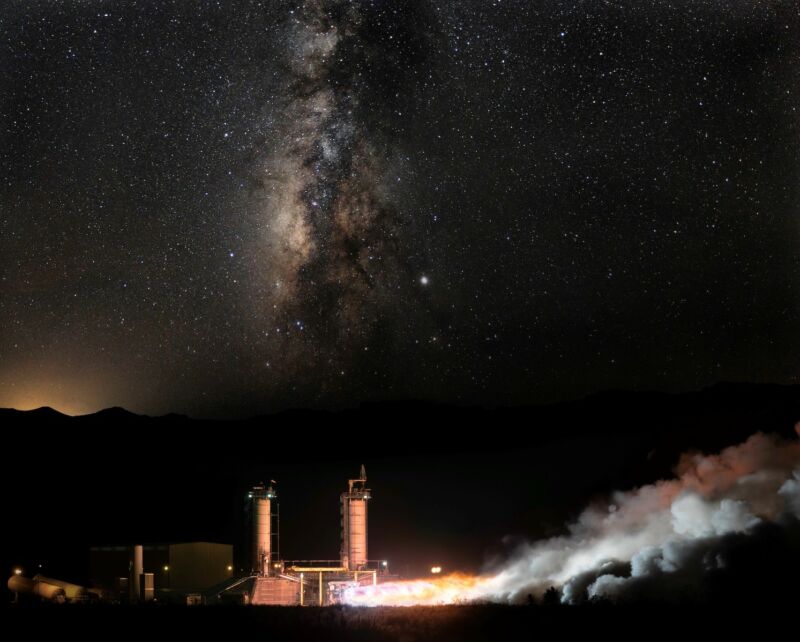

The large Vulcan rocket is unlikely to make its debut in 2022
source link: https://arstechnica.com/science/2022/06/the-large-vulcan-rocket-is-unlikely-to-make-its-debut-in-2022/
Go to the source link to view the article. You can view the picture content, updated content and better typesetting reading experience. If the link is broken, please click the button below to view the snapshot at that time.
2023, maybe? —
The large Vulcan rocket is unlikely to make its debut in 2022
ULA has a lot riding on this first Vulcan flight.
Eric Berger - 6/8/2022, 4:55 PM

United Launch Alliance's powerful new Vulcan rocket was originally scheduled to debut in 2020 but has since been delayed a couple of times.
Presently, it is due to fly during the second half of this year, and the Colorado-based launch company is still holding to the 2022 date. On Wednesday, United Launch Alliance spokesperson Jessica Rye told Ars, "We are well positioned for a Vulcan first launch late this year." However, another delay now seems inevitable, sources say, with the rocket slipping toward a demonstration launch in 2023.
There are two main issues holding Vulcan back from making its debut: the readiness of its main engines and the payload that it will carry. At this point, neither appear likely to support a 2022 launch.
BE-4 rocket engines
ULA is buying engines for its Vulcan rocket from Blue Origin. Fueled by methane, the BE-4 engine is a large and capable machine that is one of the most powerful US rocket engines developed in decades. It has a greater thrust than the space shuttle's main engine. And by all accounts, developmental versions of the BE-4 engine have performed well on the test stand. But unfortunately for ULA, the engine is more than four years late.
AdvertisementBlue Origin has previously delivered "pathfinder" versions of the engines to ULA, which the company has used for fit tests with the Vulcan rocket. But there is no substitute for actual flight engines, which are necessary to perform a static fire test and clear the vehicle for launch. According to sources, ULA established an approximately six-month timeline, once it receives the flight engines, to test and integrate them into the Vulcan rocket and launch. To make a 2022 launch date, ULA estimated that it needed to take delivery of the flight engines in mid-July at the latest.
At present, however, those flight engines are still being built at Blue Origin's headquarters in Kent, Washington. Sources say the engines will almost certainly not be assembled and shipped to Blue Origin's test facility in West Texas before mid- or late July. Once there, the two flight engines must undergo acceptance testing, a process that takes about two or three weeks under nominal conditions. Blue Origin can conduct this acceptance testing in parallel, as it has two test cells and has performed simultaneous engine testing before. This would put delivery of the flight engines to ULA no earlier than mid-August.
ULA has a lot riding on this first Vulcan flight. For example, before Vulcan is certified to carry lucrative national defense satellites for the US Space Force, the rocket must complete two successful orbital flights. ULA would very much like its first demonstration mission to count as one of those certification flights. So as a company known for safety and mission assurance above all else, ULA is unlikely to rush its engine integration process to make an end-of-year deadline.
Recommend
About Joyk
Aggregate valuable and interesting links.
Joyk means Joy of geeK